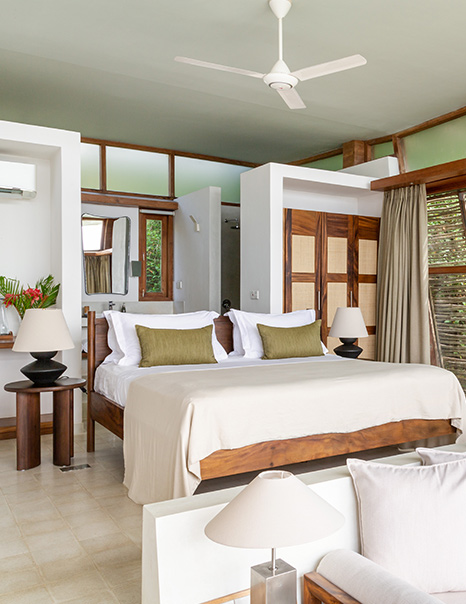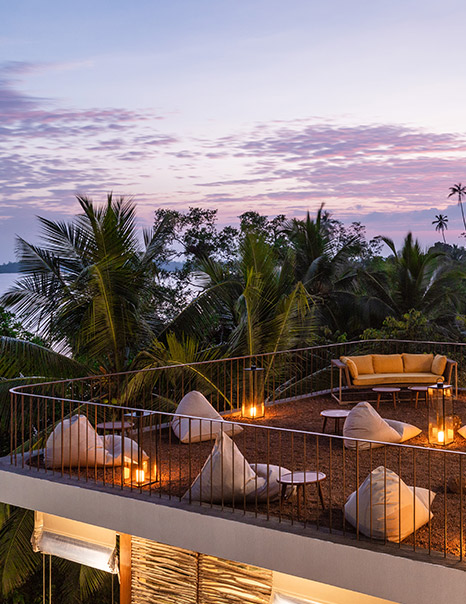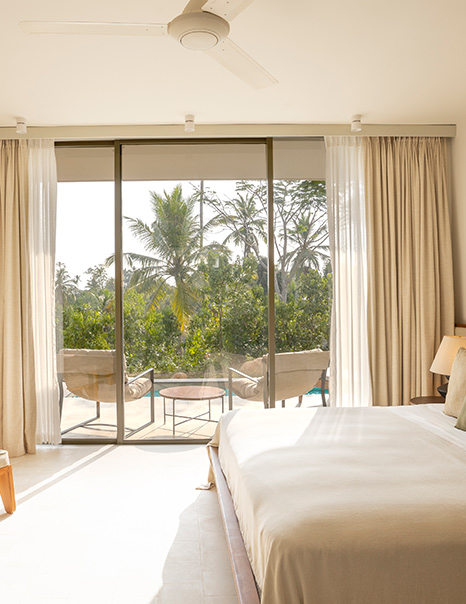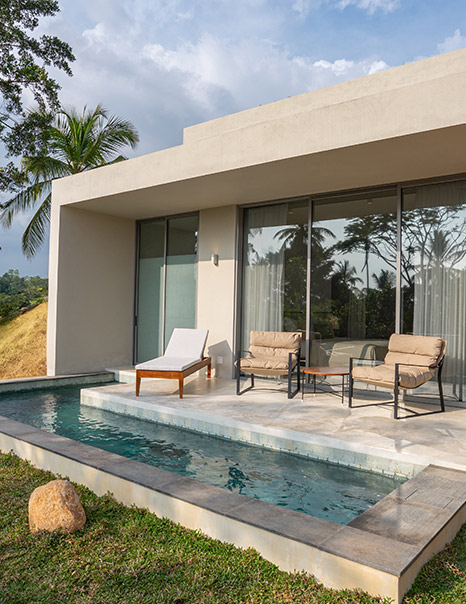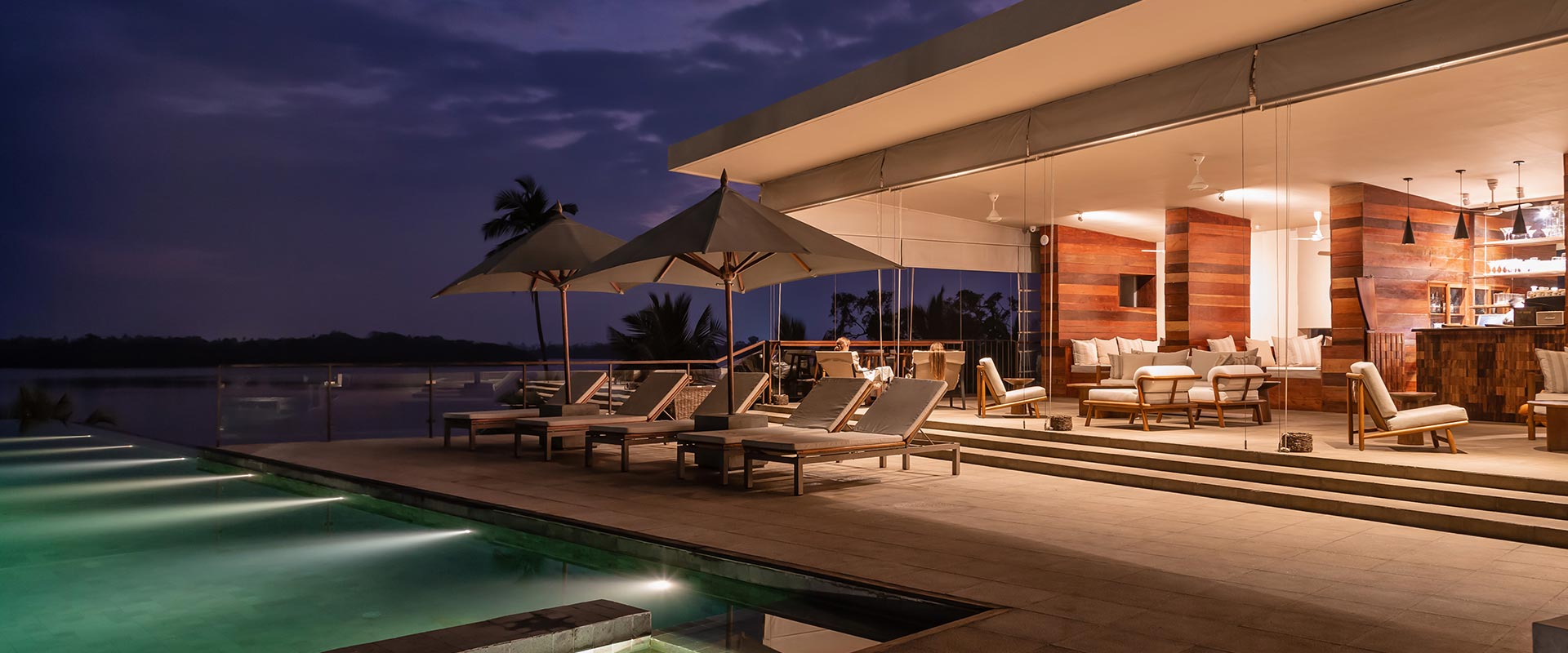
BOOK YOUR STAY

- Home
- About Us
Make A Reservation
Book Directly From The Website And Avail a range of Extra Benefits.
Sri Lanka’s first truly contemporary luxury design hotel, you’ll find us hidden in the heart of the island’s deep South. Although just a quick tuk-tuk ride from Galle, and the famous beaches nearby, Tri seems so off the beaten track in every sense. We blend in seamlessly with our landscape, spiralling out over a 6 acre hill. The beautiful Koggala Lake is all around us, wilderness and stillness too. We’re completely at one with nature; our inspiration, our guide.
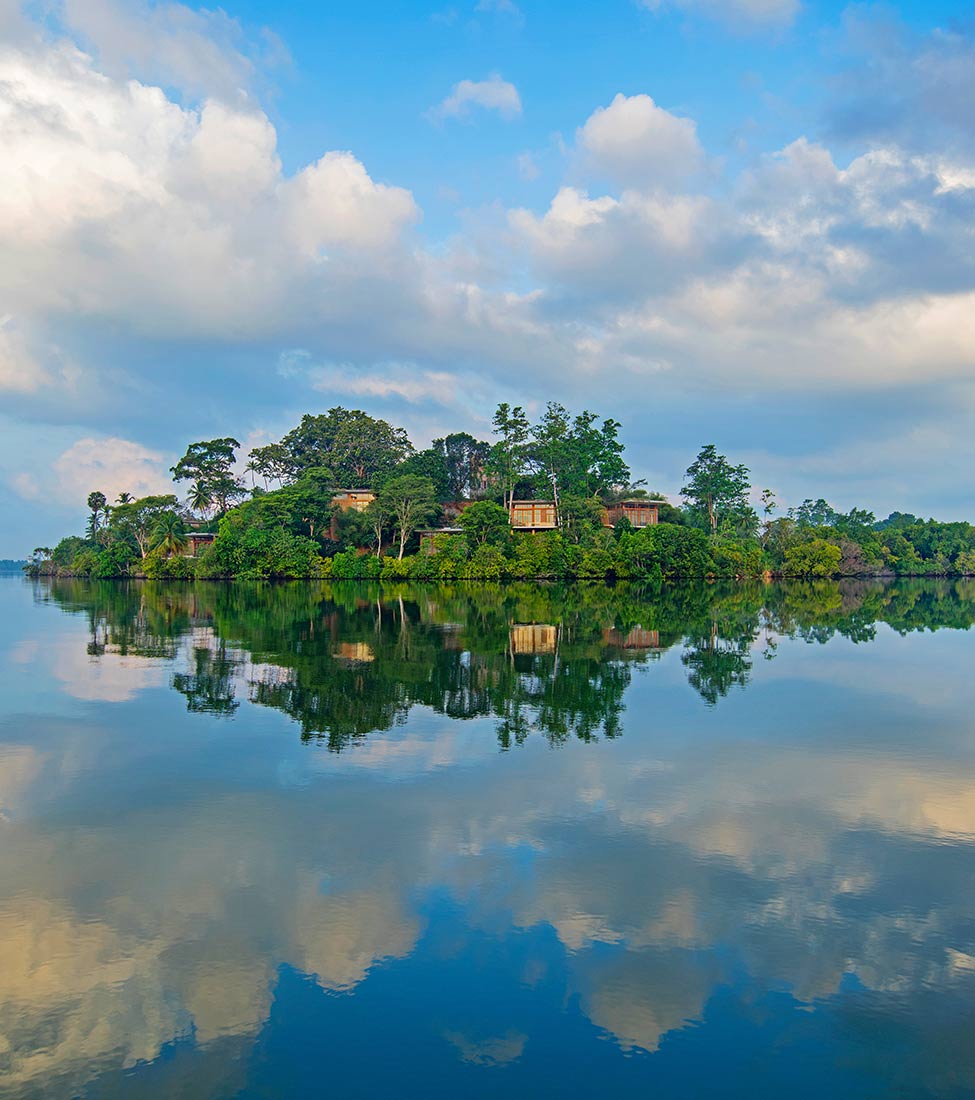
It all began with a chance encounter.
In 2003, Rob Drummond - Tri’s British owner, came across a patch of wild tangle and overgrown cinnamon along the curving shore of Koggala Lake - and fell in love.
Working together with the award-winning architect Raefer Wallis of A00 - a sustainable design firm, Tri was moulded along the existing contours of the land. The distinctive plan follows the Fibonacci spiral - a mathematical sequence often seen in nature. Like a swirling shell or an unfurling plant, the layout flows from the water tower in the centre. The trees remain untouched. Clad in cinnamon branches, living walls and roofs, the buildings merge with the foliage - almost invisible in the greenery.
Like the wonderful nature surrounding us, Tri keeps evolving; we change, we grow.
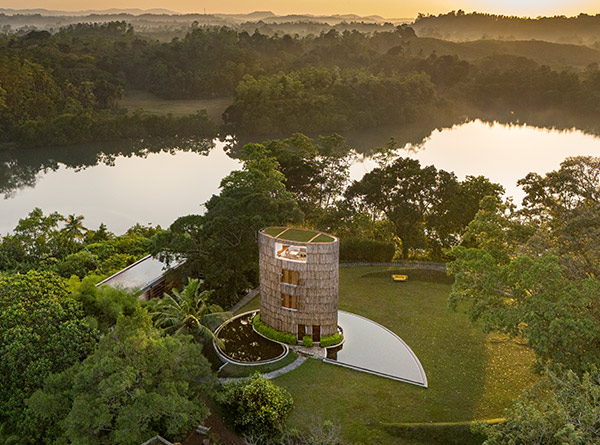
Green from within
“...create more, consume less; and always look to nature – that is our philosophy.“ Rob Drummond
All our structures use 100% recycled wood and locally sourced materials. Throughout the property, water gardens and swales minimise erosion; harvested rainwater and natural fertiliser nourish the land.
We carefully monitor water and electricity to reduce consumption; Solar PV panels and solar arrays harvest natural power. Appliances with inverter technology, and LED lighting also help to minimise energy use.
51 bird species, 18 butterfly and 9 dragonfly species also call Tri home. So, we’re committed to preserving their precious habitat, growing indigenous trees and plants, increasing flora and fauna diversity.
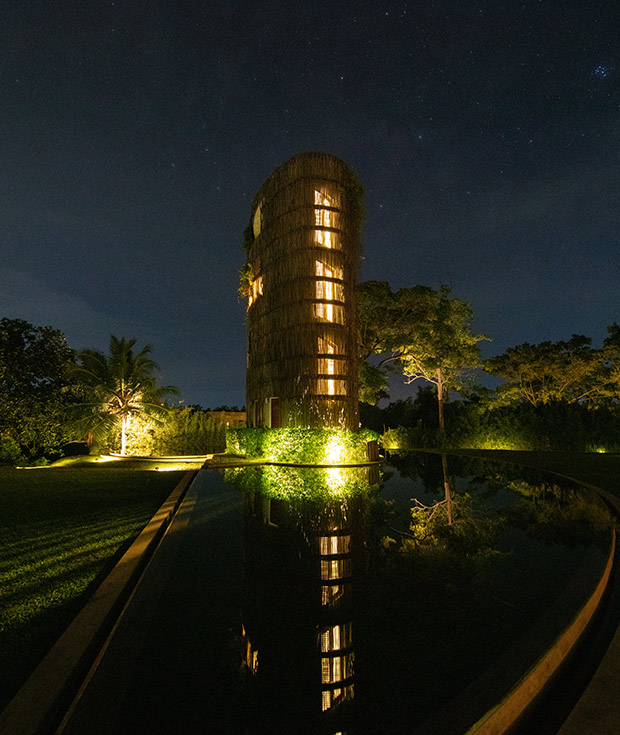
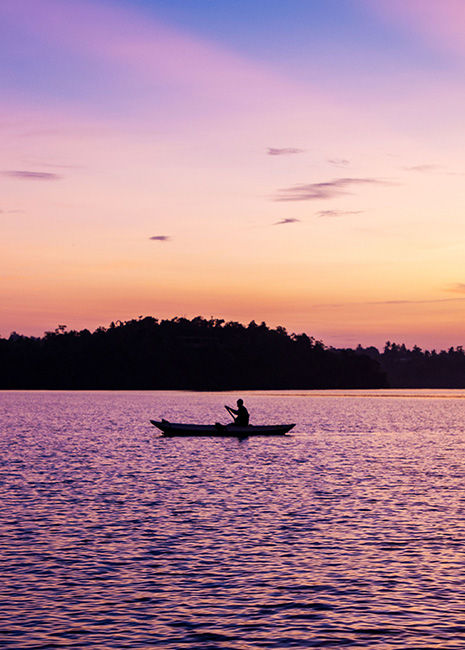
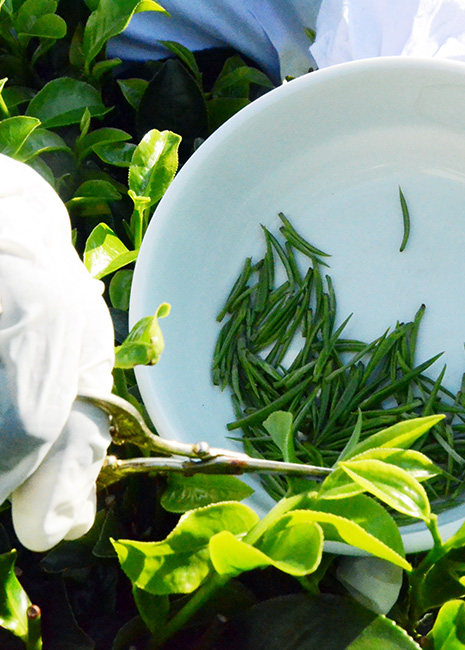
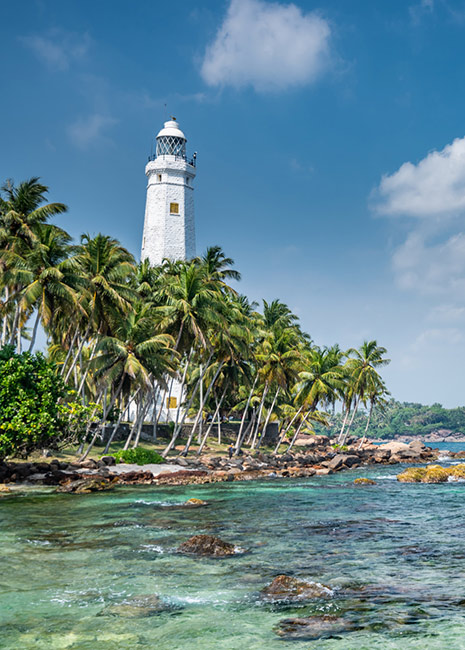
Special Offers
We’re making Tri even more irresistible with some very tempting discounts and special offers running throughout the year.
Explore All Offers